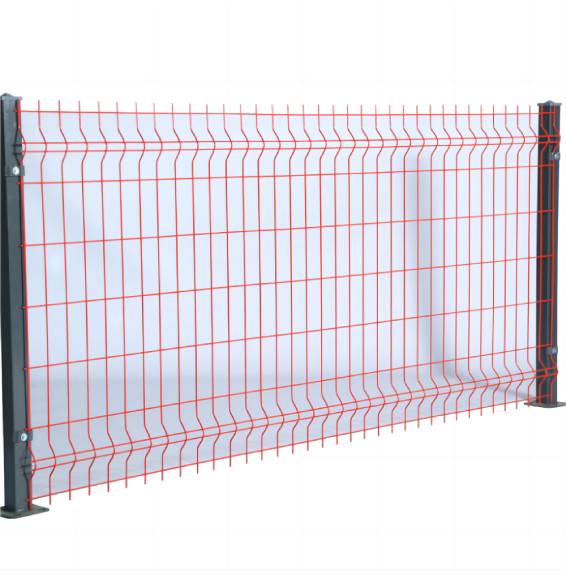removing nails from wood
How to Effectively Remove Nails from Wood A Comprehensive Guide
Removing nails from wood can seem like a daunting task, especially if you're working on a renovation project, repairing furniture, or restoring an old piece of woodwork. Nails can be stubborn; they might bend, break, or splinter the wood when not removed properly. However, with the right techniques and tools at hand, you can safely and effectively remove nails without causing damage. This article provides a step-by-step guide on how to remove nails from wood quickly and efficiently.
Understanding the Types of Nails
Before diving into the removal process, it's essential to understand the types of nails you might encounter. Common types include
- Common Nails Thick nails intended for structural work. - Finishing Nails Smaller nails used for trim work. - Masonry Nails Strong nails designed for hard surfaces. - Brads Very thin nails used in light applications.
Identifying the type of nail will help you choose the most suitable removal technique.
Tools You'll Need
To remove nails from wood, gather the following tools
1. Pry Bar or Nail Puller These tools provide leverage when pulling nails out. A traditional claw hammer can also work if you don’t have a pry bar. 2. Pliers Needle-nose pliers can help grip nails, especially if they have bent heads. 3. Wood Block Protects the wood surface from damage by providing a cushion when using a hammer or pry bar. 4. Safety Gear Wear safety goggles and gloves to protect yourself from splinters and flying debris.
Step-by-Step Guide to Removing Nails
removing nails from wood

1. Assess the Nail Before you start, take a close look at the nail. Determine whether the head is intact or if it has bent over. If it is flush with the surface, you might need to use a different method than if it is sticking out.
2. Prepare the Area Clear the area around the nail. Ensure you have enough space to work safely and comfortably.
3. Choose Your Method The method you choose depends largely on the type of nail and its condition - For Standard Nails If the nail head is accessible, place the pry bar underneath the nail head. Use a wood block to protect the surface of the wood. Apply gentle downward pressure until the nail begins to lift. If necessary, you can use a hammer to tap the pry bar gently. - For Bent Nails If the nail is bent, grip the exposed part of the nail with pliers. Carefully twist and pull it out. If the nail feels stubborn, leverage it with the pry bar for assistance. - For Deeply Embedded Nails Sometimes nails can be driven deep into the wood. In such cases, you may need to drill out the nail. Use a drill bit slightly larger than the nail and carefully drill into the nail to break it up or remove it entirely.
4. Check for Splintering As you remove the nail, watch for any splintering in the surrounding area. If you notice the wood beginning to splinter, stop and adjust your approach. Patience is key to avoiding damage.
5. Finishing Touches Once the nail is out, clean up the area. If there are any remnants of the nail left, use pliers or a fine chisel to remove them. Assess the hole left by the nail. You might want to fill it with wood filler, especially if the wood will be painted or stained.
Prevention Tips
To avoid the hassle of nail removal in the future, consider the following tips
- Use the Right Nail Always choose the appropriate type and size of nail for your project. Using too long or thick nails can lead to more challenges during removal. - Pre-drill Holes For delicate or softwood, pre-drilling holes can prevent the wood from splitting and make nail removal easier.
- Use Screws Instead In many cases, screws can be used instead of nails. Screws are easier to remove and provide a strong hold.
In conclusion, removing nails from wood is a task that can be tackled with the right tools and techniques. By understanding the types of nails, preparing adequately, and employing the proper methods, you can ensure a successful removal process without damaging your woodwork. Happy renovating!
-
Weather Resistance of Woven Wire and Chicken Wire Fencing MaterialsNewsJun.05,2025
-
Umbrella Nails Innovations in Roofing Fasteners for Wind ResistanceNewsJun.05,2025
-
Modern Barbed Wire Fence Designs for Perimeter ProtectionNewsJun.05,2025
-
How Iron Nail Wire Enhances Nail Strength and Installation EfficiencyNewsJun.05,2025
-
High-Security Razor Fence Solutions for Perimeter ProtectionNewsJun.05,2025
-
Durable Wire Netting Fence Solutions for Animal EnclosuresNewsJun.05,2025




